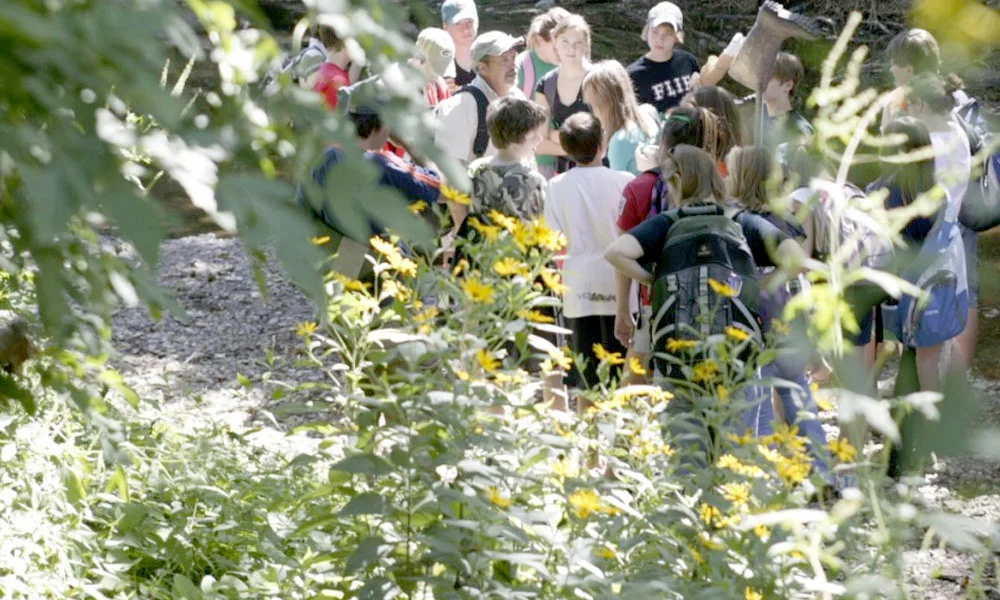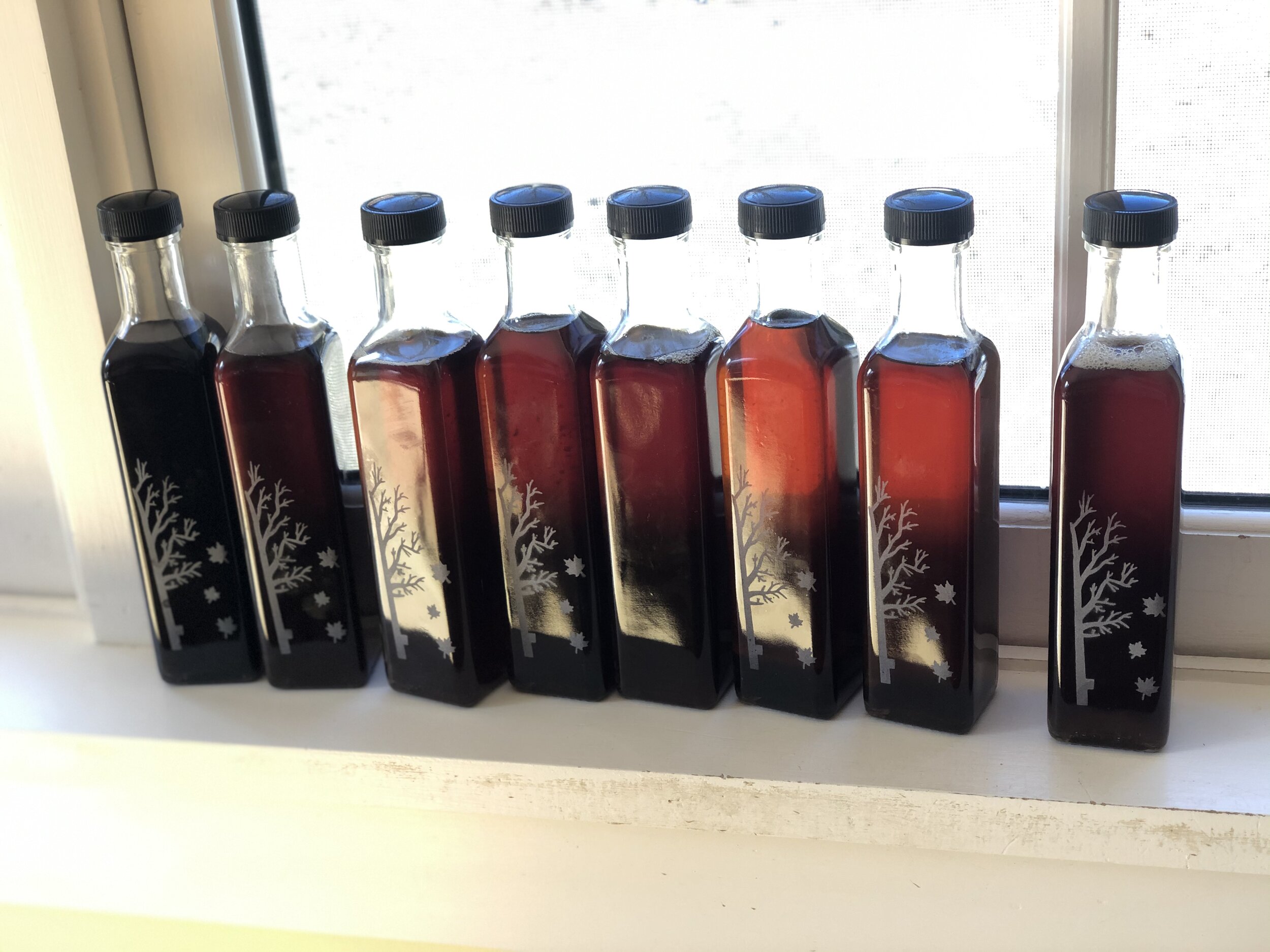We live in an apple orchard. The trees are over 50 years-old but they have been lovingly tended and pruned and are doing very well. This time of year, it seems like we are living in some kind of heaven. With clouds of fragrant white blossoms right outside our door, and in every direction we look. Exactly two months ago, the snow disappeared. What a transformation…to be living inside these turns of seasons and the miracle of rebirth of everything green and blooming.
That Mother’s Day occurs at just this moment is lovely timing. Blooming, nurturing, beauty, bounty, all happening at once. Spring is poignant this year, as we slowly emerge from the weight of a pandemic, at least in the United States, while other countries like India and Brazil suffer so much loss and death. We grieve the effects of climate change widespread on our planet, and we grieve the distress and injustice toward black and brown and Asian people, especially on our home ground.
Feeling gratitude for the beauty of the world and the love of those who have cared us into being is such an important practice, maybe especially now, in 2021. Mother’s Day, though controversial, is one such time to be particularly thankful.
In Wikipedia’s account: The modern holiday was first celebrated in 1907, when Anna Jarvis held the first Mother's Day service of worship at Andrews Methodist Episcopal Church in Grafton, West Virginia. Andrew's Methodist Church now holds the International Mother's Day Shrine. Her campaign to make Mother's Day a recognized holiday in the United States began in 1905, the year her mother, Ann Reeves Jarvis, died. Ann Jarvis had been a peace activist who cared for wounded soldiers on both sides of the American Civil War, and created Mother's Day Work Clubs to address public health issues. She and another peace activist and suffragette Julia Ward Howe had been urging for the creation of a Mother’s Day dedicated to peace. 40 years before it became an official holiday, Ward Howe had made her Mother’s Day Proclamation in 1870, which called upon mothers of all nationalities to band together to promote the “amicable settlement of international questions, the great and general interests of peace.”
I appreciate knowing that the original intension of Mother’s Day was international and a call to action for peaceful settlement to world problems. That is uplifting. It would be such a helpful thing to go back to this intention and reclaim the day with its original message.
I read two very different commentaries this Mother’s Day. One from Anne Lamott, American novelist and non-fiction writer, and one from Heather Cox Richardson, an American historian and professor of history at Boston College. Anne Lamott’s was what I would call a rant against the holiday. Heather Cox Richardson’s was an expansive, thoughtful, reframing. In the end, both of them proclaimed that many people influence us and make a lasting, positive impression on us, and many of these people are not mothers.
For the last year, Heather Cox Richardson’s daily Letters from an American, have kept us grounded, informed, and always learning more American history. Her comments are mostly directed at the politics and government of our democracy, but sometimes she posts a beautiful image of a harbor in Maine where she lives, or a commentary on life.
On May 8th, she began with this paragraph,
Those of us who are truly lucky have more than one mother. They are the cool aunts, the elderly ladies, the family friends, even the mentors who whip us into shape. By my count, I’ve had at least eight mothers.
And, she ended with this one.
Mrs. A. left me her linens, her gardening coat, and a photo of her and her siblings. She also left me ideas about how to approach both history and life. I've never met a woman more determined never to be a mother, but I'm pretty sure that plan was one of the few things at which she failed.
Thinking of her, and all the wonderful women like her who mother without the title, on this Mother's Day.
In between, she tells the story of Sally Adams Bascom Augenstern, born in 1903, with whom she spent time as a young girl and who became one of her “mothers.”
I sent this letter to two dear friends who are not mothers and told them how much I witnessed the positive influence that they had on young women and girls and how grateful I was to have them in my life. They both appreciated the reframe and the inclusion so much. It is worth noting that all these positive influencers are also in some way teachers. Anyone who loves us, challenges us, engages us, and cares us into being is, in part, a teacher.
When we were in St. Louis one of the great positive influences on us was Kathy Cramer, of the Cramer Institute, dedicated to coaching business leaders and educators in what Kathy called, Asset Based Thinking. Asset Based Thinking is a group of strategies and mindsets that reframe what our negative biased brains most often interpret, toward the assets and positive aspects of most any situation…what we might learn, how we might respond, what makes most of us feel valued and appreciated. Another similar approach is called Appreciative Inquiry…looking toward designing solutions built on what is working already rather than solving problems.
I like to think that these ways of thinking have become part of our lives. Kathy Cramer was not a mother, and she died five years ago, very young, of cancer. I think of her as one of those women who had a lasting, positive influence on me. She might be one to celebrate with this expanded, inclusive, view of our holiday, one that also is based on the original intent, a time to call women of “all nationalities to band together to promote the ‘amicable settlement of international questions, the great and general interests of peace.’”






























